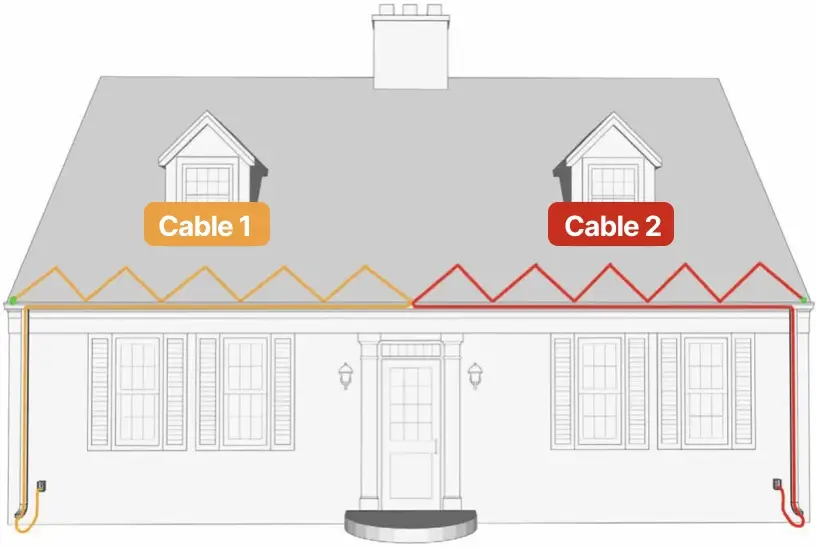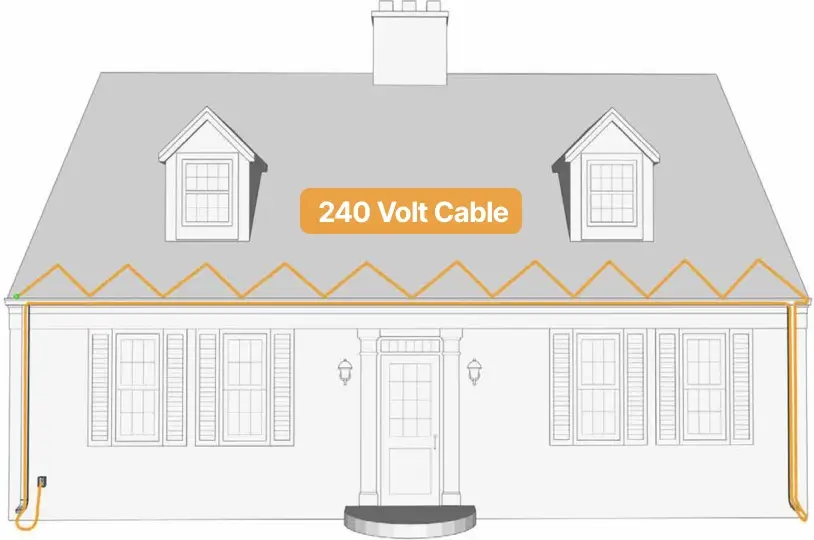Heat Tape for Metal Roofs
The installation of heat tape on different types of metal roofs is an effective way to prevent damage to homes that can occur as the result of Ice Dams. The installation method itself, can vary from one type of metal roof to another. This has implications on the amount of ice dame heat tape you need to purchase, as well as how you plan your installation.
Step 1:
Identify What Type of Metal Roof you Have
Different metal roofs have varying characteristics and compositions, which can affect the compatibility and effectiveness of heat tape installation. The identification process involves examining the material, finish, and overall structure of the metal roof. Some common types of metal roofs include steel, aluminum, and copper, each with its own set of properties. By accurately determining the type of metal roof you possess, you can ensure that the heat tape chosen is suitable for your roof’s specific requirements, promoting a successful and efficient installation process tailored to your roof’s unique characteristics.
"*" indicates required fields


